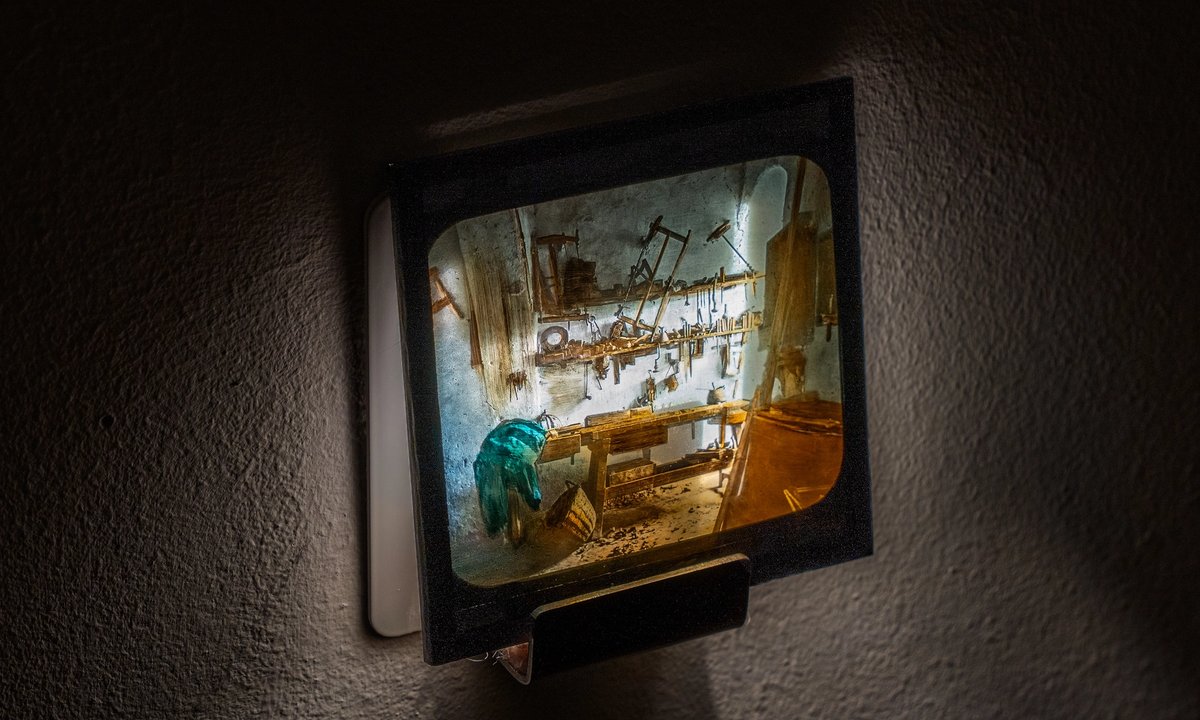
"But Jerusalem and Bethlehem, in the Western imagination, tend to look more like Italy's Urbino or Siena, than Middle Eastern towns occupied for 2,000 years by a melting pot of communities, including Palestinian Christians. Now spread across the Israeli and Palestinian territories, the Holy Land, sacred to Judaism, Islam and Christianity,has exercised generations of artists and ideologues, who have made and remade it in their own image."
"However, for the Palestinian artist Dima Srouji, The Holy Land is simply home-the site of childhood memories, "both good and bad", she says. Her show, A Cosmogram of Holy Views, which opens today at London's Ab Anbar Gallery, is the product of a decade's worth of research into the built heritage of Palestinian Christians, and a lifetime's experience of life under Israeli occupation."
"It has at its heart what the artist describes as "the cognitive dissonance" between the way the outside world views her home and "the reality on the ground", which she has represented here with quiet directness. In works of great visual power, she juxtaposes the myth with the reality. Making virtuosic use of multiple media-90s polaroids and Renaissance praedellas, as well as blown glass, carved stone and moulded wax objects that were hand-made in Palestine-she flirts constantly with a dark, surreal comedy."
Western representations often portray Jerusalem and Bethlehem as quaint Italianate towns rather than Middle Eastern communities inhabited by Palestinian Christians. Dima Srouji treats the Holy Land as home, shaped by childhood memories and life under Israeli occupation. A Cosmogram of Holy Views at London's Ab Anbar Gallery grew from a decade of research into Palestinian Christian built heritage. The exhibition centers on cognitive dissonance between external myth and on-the-ground reality, overlaying grand European religious imagery with scenes of contemporary Palestinian life. Works use 90s polaroids, Renaissance praedellas, blown glass, carved stone and moulded wax made in Palestine, producing quiet directness alongside dark, surreal comedy. Return to Nazareth pairs frescoes with a childhood image of an infant turning purple from lack of air during the First Gulf War, when few Palestinian children had gas masks.
Read at The Art Newspaper - International art news and events
Unable to calculate read time
Collection
[
|
...
]